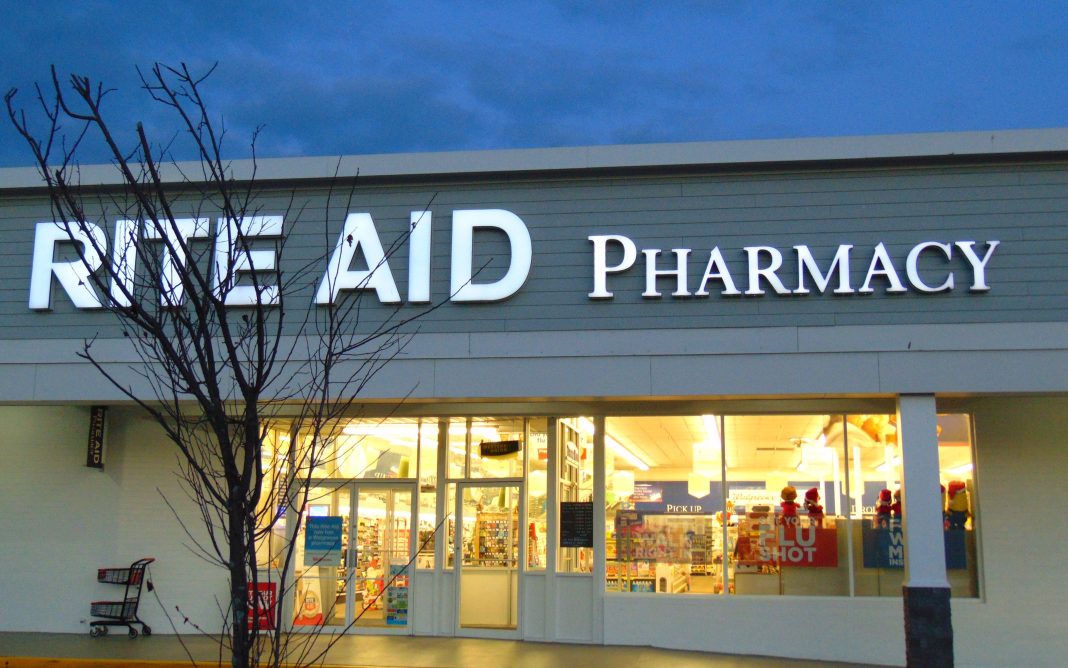Rite Aid Corporation announced January 3 that the New York Stock Exchange (NYSE) has notified the company that it is no longer in compliance with NYSE continued listing standard rules because the per share trading price of its common stock has fallen below the NYSE’s share price rule. The NYSE requires the average closing price of a listed company’s common stock to be at least $1.00 per share over a consecutive 30 trading-day period.
Shares of the drugstore chain have fallen 64 percent over the past year. Rite Aid’s stock has hovered under $1 per share over the past month, breaking the NYSE’s rule. At presstime on January 11, the Camp Hill, PA-based drug chain’s shares were trading at 81 cents.
Rite Aid has been left to pick up the pieces after two merger plans failed in recent years. In 2015, it agreed to sell nearly 4,600 grocery stores to Walgreens for $17.2 billion. After nearly two years of review by the Federal Trade Commission, which cited antitrust concerns, the large federal agency would only allow a portion of the deal to proceed. That decision resulted in a restructuring of that deal in which Walgreens acquired 1,932 Rite Aid stores (and three distribution centers) for $4.4 billion.
That left Rite Aid weakened and in early 2018 it announced it had struck a deal to merge with supermarket chain Albertsons. However, Rite Aid shareholders voiced their unhappiness with the terms of that deal and it was pulled off the table on August 8, a day prior to a shareholder vote, when it became clear that the merger would not be approved by Rite Aid’s holders.
After the deal collapsed, Rite Aid overhauled its board of directors with three new members replacing existing directors. It also separated the CEO and chairman positions, naming director Bruce Bodaken as chairman and leaving John Standley in place as CEO. Standley, who joined Rite Aid in 1999 as executive VP and CFO, left the company for three years to become CEO of Pathmark, before rejoining the drug chain in 2008 as president and COO. In 2010, he was elevated to chief executive and two years later added the title of chairman.
In accordance with the NYSE’s rules, Rite Aid has six months from the receipt of the notice to regain compliance with the NYSE’s price condition or until the company’s next annual meeting of stockholders if stockholder approval is required, as would be the case to effectuate a reverse stock split, to cure the share price non-compliance. During this time period, Rite Aid’s common stock will continue to be listed and trade on the NYSE as usual. Rite Aid is currently in compliance with all other NYSE continued listing standard rules.
Rite Aid said it intends to pursue measures to cure the share price non-compliance, including through a reverse stock split of the company’s common stock, subject to stockholder approval no later than at Rite Aid’s next annual meeting, if such action is necessary to cure the share price non-compliance.
Under NYSE rules, Rite Aid can regain compliance at any time during the six-month cure period if on the last trading day of any calendar month during the cure period Rite Aid has a closing share price of at least $1.00 and an average closing share price of at least $1.00 over the 30 trading-day period ending on the last trading day of that month or on the last day of the cure period.
Rite Aid had fiscal 2018 annual revenues of $21.5 billion.


